Increasing Livestock Production
The rising demand for animal protein has led to an increase in livestock production, which in turn drives the Animal Antibiotics and Antimicrobials Market. As populations grow and dietary preferences shift towards meat and dairy, farmers are compelled to enhance productivity. This necessitates the use of antibiotics and antimicrobials to prevent diseases and promote growth in livestock. According to recent data, the livestock sector is projected to expand significantly, with a notable increase in the use of these products to ensure animal health and productivity. Consequently, the Animal Antibiotics and Antimicrobials Market is likely to experience substantial growth as producers seek to meet the escalating demand for animal-derived food products.
Rising Awareness of Animal Health
There is a growing awareness among farmers and consumers regarding the importance of animal health, which is a key driver for the Animal Antibiotics and Antimicrobials Market. As stakeholders recognize the correlation between animal health and food safety, there is an increased emphasis on the responsible use of antibiotics and antimicrobials. This awareness is further fueled by educational campaigns and initiatives aimed at promoting best practices in animal husbandry. The market data indicates that regions with higher awareness levels tend to show increased sales of these products, as farmers invest in preventive measures to maintain herd health and productivity. Thus, the focus on animal health is likely to bolster the Animal Antibiotics and Antimicrobials Market.
Regulatory Framework and Compliance
The regulatory framework surrounding the use of antibiotics and antimicrobials in livestock is a significant driver for the Animal Antibiotics and Antimicrobials Market. Governments and regulatory bodies are increasingly implementing stringent guidelines to ensure the responsible use of these substances. Compliance with these regulations often necessitates the use of approved products, which can lead to increased market demand. Data indicates that regions with robust regulatory environments tend to have higher sales of compliant antibiotics and antimicrobials, as producers seek to adhere to legal standards while maintaining animal health. Consequently, the evolving regulatory landscape is likely to shape the dynamics of the Animal Antibiotics and Antimicrobials Market.
Shift Towards Preventive Healthcare
There is a notable shift towards preventive healthcare in the livestock sector, which is driving the Animal Antibiotics and Antimicrobials Market. Farmers are increasingly adopting proactive measures to prevent diseases rather than relying solely on treatment after infection. This trend is reflected in the growing sales of preventive antibiotics and antimicrobials, as producers recognize the economic benefits of maintaining healthy animals. Market data suggests that regions emphasizing preventive healthcare are experiencing a rise in the use of these products, leading to improved overall herd health and productivity. As this trend continues, it is likely to further enhance the growth of the Animal Antibiotics and Antimicrobials Market.
Technological Advancements in Veterinary Medicine
Technological advancements in veterinary medicine are significantly influencing the Animal Antibiotics and Antimicrobials Market. Innovations such as rapid diagnostic tools and targeted drug delivery systems enhance the effectiveness of antibiotics and antimicrobials, leading to better health outcomes for livestock. These advancements not only improve treatment efficacy but also reduce the risk of antibiotic resistance, a growing concern in the industry. Market data suggests that regions adopting these technologies are witnessing a surge in the use of advanced veterinary products, thereby propelling the Animal Antibiotics and Antimicrobials Market forward. As technology continues to evolve, it is expected to play a crucial role in shaping the future landscape of this market.

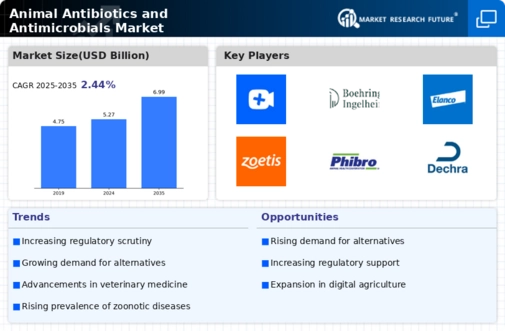
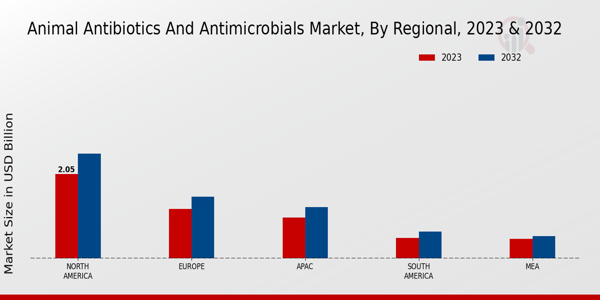
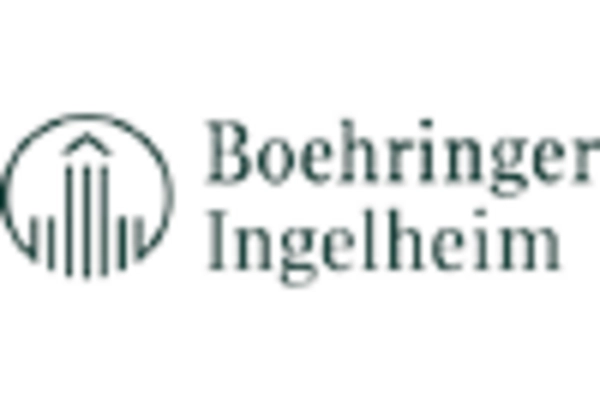
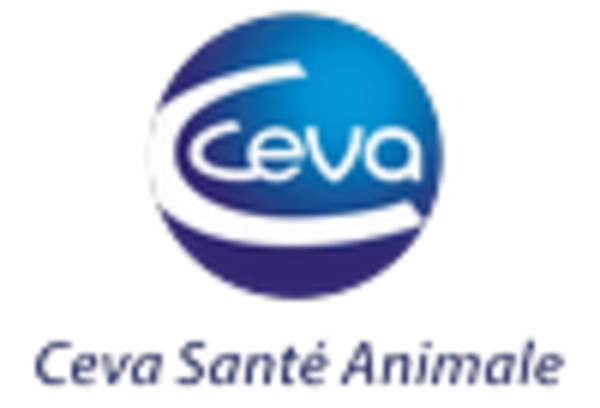
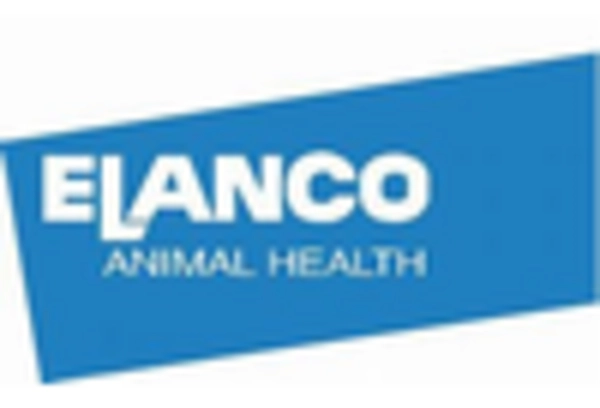

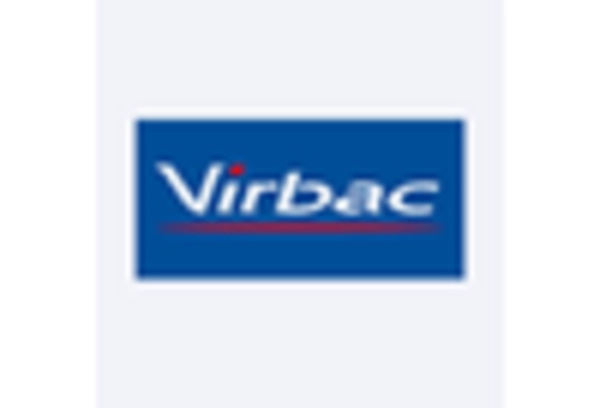


Leave a Comment